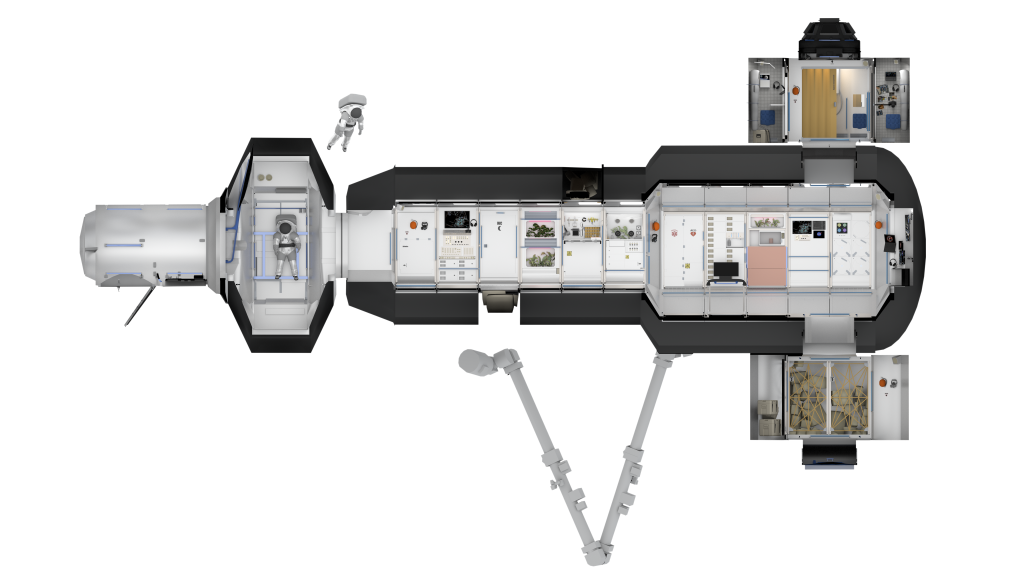The Soviet Union established the first experimental space station in Earth orbit in June 1971, when Soyuz 11 cosmonauts Georgi T. Dobrovolski, Vladislav N. Volkov, and Viktor I. Patsayev boarded Salyut and spent more than three weeks aboard the laboratory conducting a variety of experiments. Tragedy struck near the end of their record-setting mission when, shortly before reentry into the Earth’s atmosphere, the cosmonauts died as a result of the sudden depressurization of their spacecraft. They were not wearing pressure suits. The Soviet government honored the cosmonauts with a state funeral, with NASA astronaut Thomas P. Stafford representing the President of the United States. As a result of the accident, the Soviets temporarily halted human spaceflights while engineers redesigned the Soyuz spacecraft. Since then, all cosmonauts have worn spacesuits during Soyuz launches and landings.
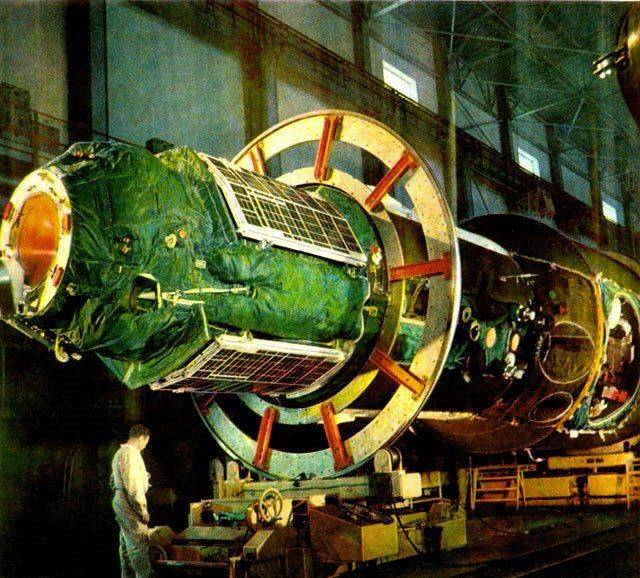
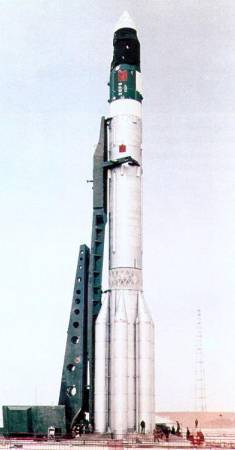
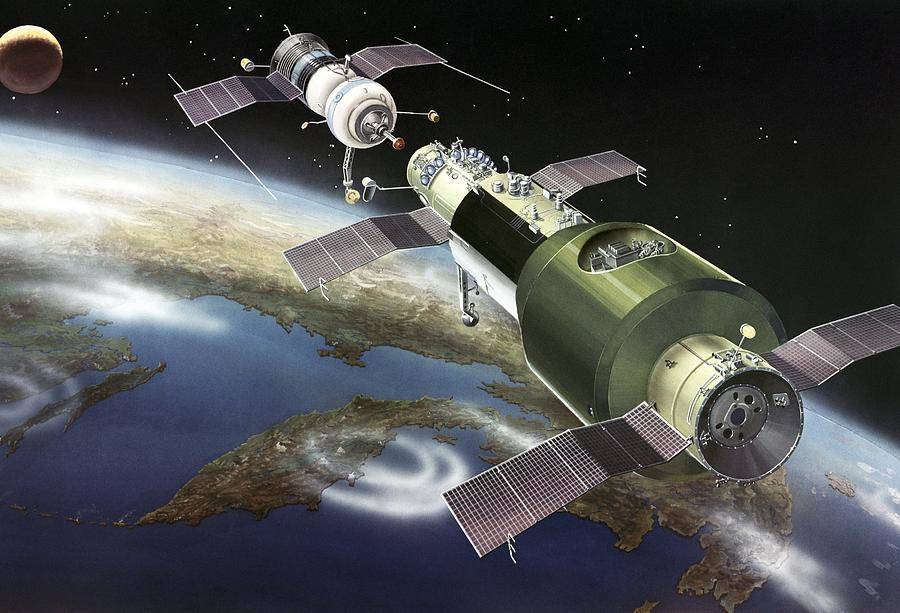
Left: The Salyut space station in the assembly and checkout building at the Baikonur Cosmodrome in Kazakhstan. Middle: At Baikonur’s Site 81, ground crews raised the Proton rocket carrying the Salyut space station to a vertical position on the launch pad. Credit: Images courtesy of RKK Energia. Right: Illustration of the Salyut space station in orbit with a Soyuz crew transport spacecraft approaching at upper left. Credit: Image courtesy RIA-Novosti.
On April 19, 1971, the Soviet Union launched the Salyut space station from the Baikonur Cosmodrome in Soviet Kazakhstan, with an expected lifetime of six months. The 43-foot-long space station weighed 40,620 pounds and provided 3,500 cubic feet of habitable volume containing living quarters for the cosmonauts and 2,600 pounds of scientific equipment including experiments to study human adaptation to long-duration spaceflight, a variety of telescopes for solar and astronomical observations, and instruments to observe the Earth. For exercise, crews used a treadmill and elastic bands to maintain muscle tone and wore suits that provided a constant load on major muscle groups. A refrigerator and a food warmer enabled crews to have a larger selection of menu items than on previous Soviet spacecraft. The first cosmonauts launched to Salyut aboard Soyuz 10 on April 23, but a problem with the docking mechanism prevented their entry into the station and they returned to Earth after two days.
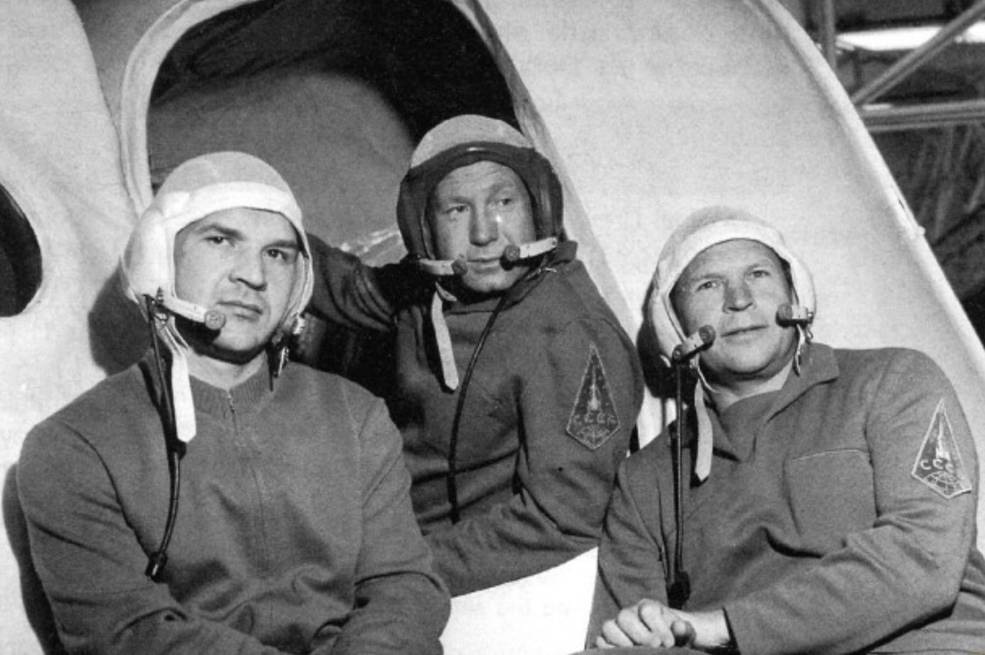
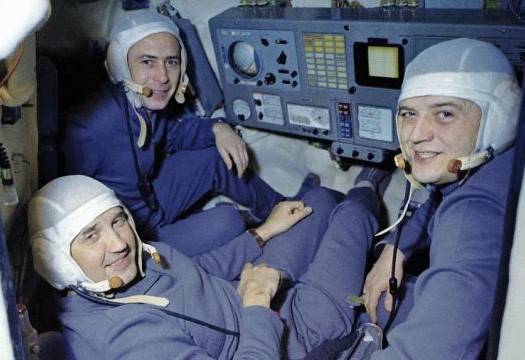
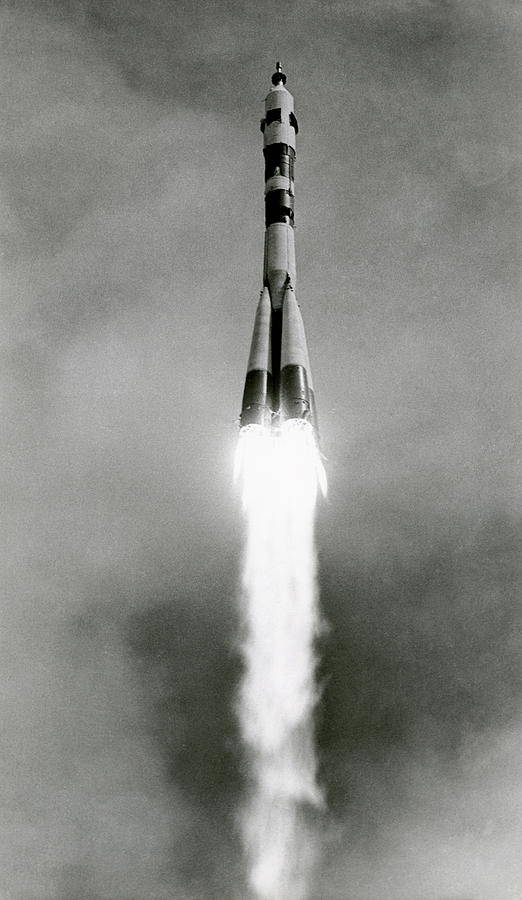
Left: The original Soyuz 11 crew of Valeri N. Kubasov, left, Aleksei A. Leonov, and Pyotr I. Kolodin posing in front of the Soyuz spacecraft simulator. Middle: The Soyuz 11 crew of Georgi T. Dobrovolski, left, Viktor I. Patsayev, and Vladislav N. Volkov in the Soyuz simulator. Credit: Images courtesy of RKK Energia. Right: Liftoff of Soyuz 11. Credit: Image courtesy RIA Novosti.
Soviet engineers quickly redesigned the docking probe and updated procedures for the docking to prevent a recurrence of the Soyuz 10 problem. The crew of spaceflight veterans Aleksei A. Leonov and Valeri N. Kubasov and space rookie Pyotr I. Kolodin continued training for its planned 25-day mission to Salyut, scheduled to begin June 6. However, three days before launch, during a preflight physical examination at the Baikonur Cosmodrome, doctors noted a dark spot on Kubasov’s chest X-ray. Worried that it might be tuberculosis, flight surgeons grounded Kubasov. Reminiscent of the days prior to the Apollo 13 launch, managers debated whether to replace just Kubasov or all three cosmonauts with their backups, as operational rules stated that once crews were at Baikonur, the entire crew must be replaced. Two days before launch, managers decided to replace the entire crew, and backups Georgi T. Dobrovolski, Vladislav N. Volkov (the only member of the crew with previous spaceflight experience), and Viktor I. Patsayev launched aboard Soyuz 11 on June 6. Physicians later overturned Kubasov’s presumptive tuberculosis diagnosis.
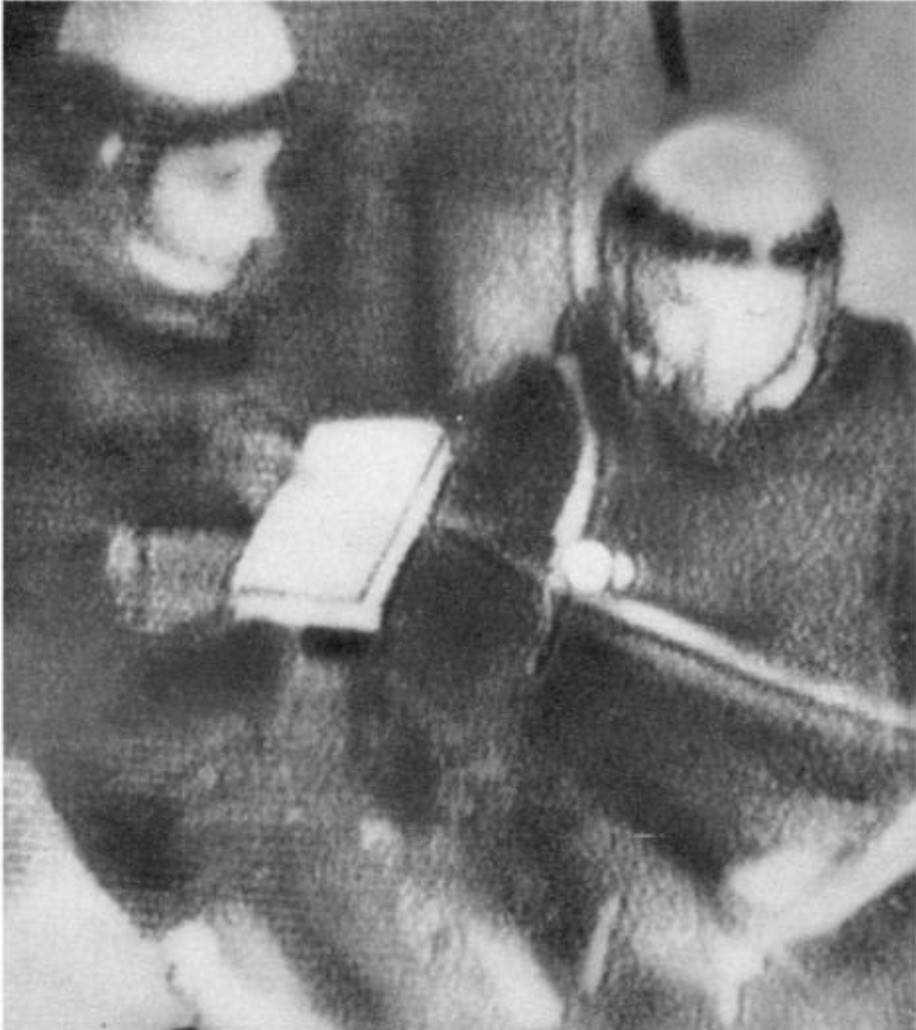
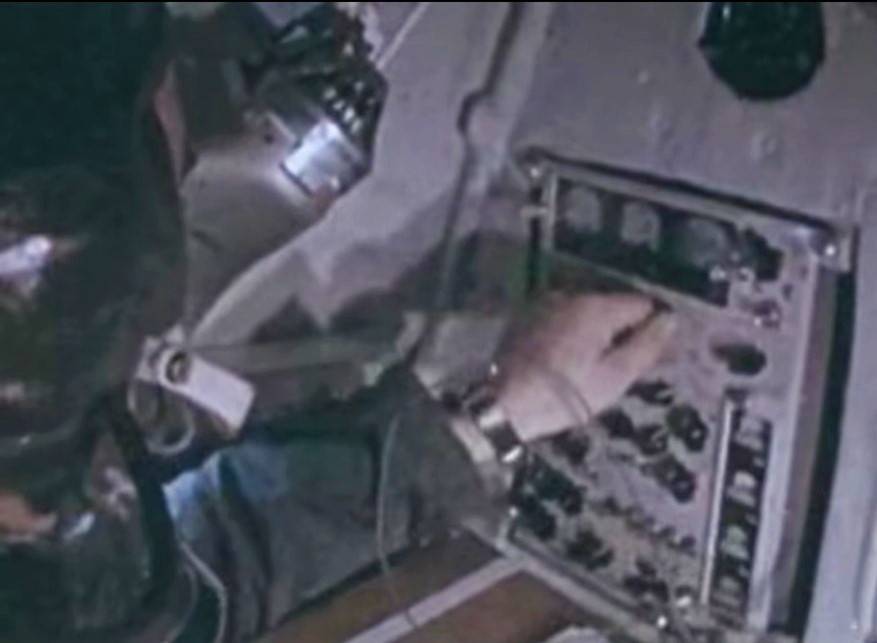
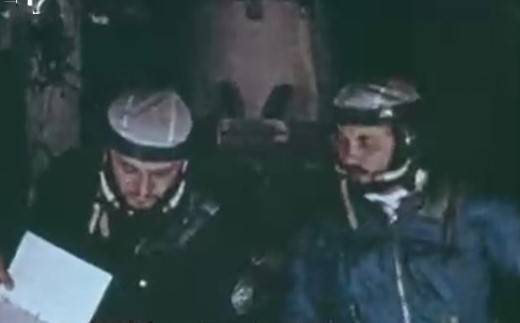
Left: A televised view of Soyuz 11 cosmonauts Viktor I. Patsayev, left, and Vladislav N. Volkov upon first entering the Salyut space station. Middle: Patsayev operating the Orion-1 ultraviolet telescope. Right: Volkov, left, and Georgi T. Dobrovolski during a communications session with the Flight Control Center. Credit: Images courtesy RKK Energia.
The day after launch, Dobrovolski flew Soyuz 11 to Salyut, manually docking without incident. Three hours later, after equalizing pressures between Soyuz and Salyut, the crew opened the hatch and Patsayev floated into the world’s first space station. Noting a strong smell inside Salyut, he returned to Soyuz. Cosmonaut Aleksei S. Yeliseyev, acting as crew communicator in the Flight Control Center in Yevpatoria in the Crimea, advised the crew to turn on the station’s air regenerators. Six of the eight fans of that system had failed shortly after Salyut’s launch, so Patsayev and Volkov quickly repaired them and rejoined Dobrovolski to spend the night aboard Soyuz while the station’s air cleared. The next day, they reentered Salyut to activate its systems and powered down their Soyuz, not needed until the end of their mission.
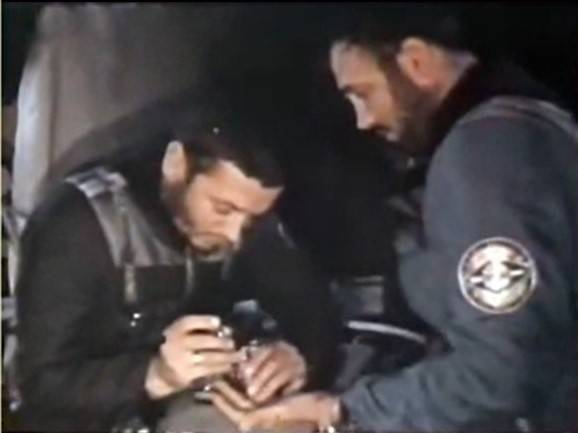
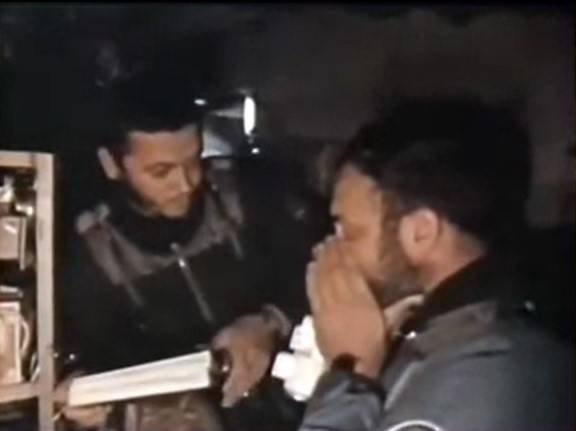
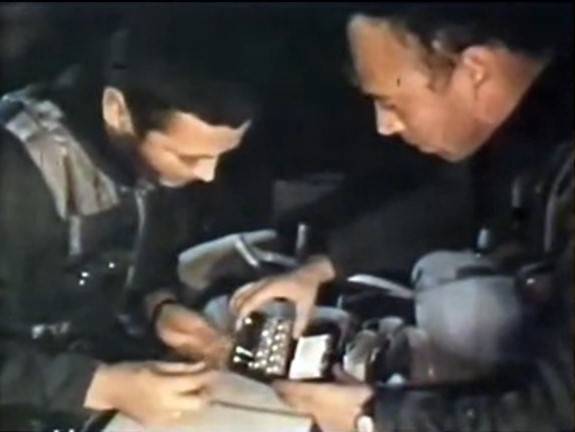
Left: Aboard Salyut, Soyuz 11 cosmonaut Vladislav N. Volkov, left, takes a fingerstick blood sample from Georgi T. Dobrovolski. Middle: Volkov, left, assisting Dobrovolski with a pulmonary function test. Right: Volkov, left, processing a sample of Viktor I. Patsayev’s blood. Credit: Images courtesy of RKK Energia.
Over the next three weeks, the three cosmonauts settled into a routine of conducting experiments, exercising on the station’s onboard treadmill, and monitoring the state of their health. To maximize the amount of research time, the crew slept in shifts, with at least one cosmonaut awake at all times and working. Soviet scientists later concluded that round-the-clock operations resulted in less than optimum performance by the cosmonauts as it interfered with their sleep. They grew Chinese cabbage and onions in the Oazis-1 plant growth facility, and Patsayev became the first person to operate a telescope in space, the Orion-1 ultraviolet instrument. They tested the condition of their cardiovascular system using a lower-body negative device called Veter, which later became the Chibis apparatus used on subsequent Soviet and Russian space stations and still used today on the Russian segment of the International Space Station. They periodically measured their pulmonary function and drew blood samples for later analysis.
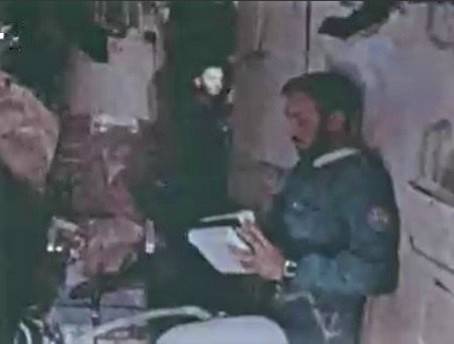
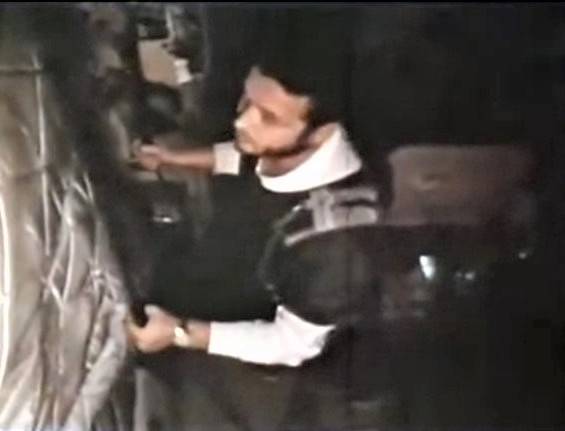
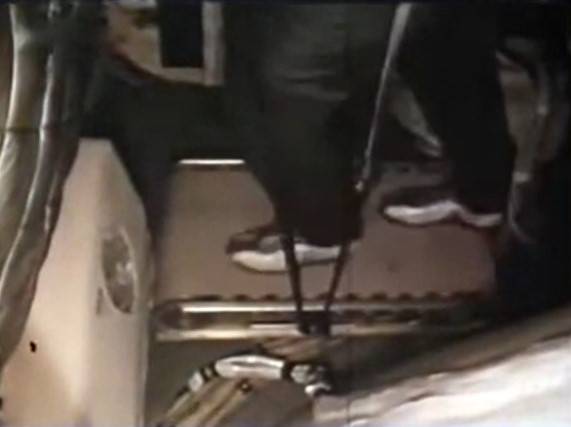
Left: Soyuz 11 cosmonauts Georgi T. Dobrovolski, foreground, studying onboard procedures, and Vladislav N. Volkov, at rear, exercising on Salyut’s treadmill. Middle: Volkov exercising on the treadmill. Right: Closeup view of Salyut’s onboard treadmill. Credit: Images courtesy of RKK Energia.
The cosmonauts treated Soviet citizens to near-daily television broadcasts of their activities aboard Salyut, describing both their scientific experiments as well as daily life aboard the space station. Soviet journalists dubbed the events Cosmovision. They cast ballots from Salyut in Soviet elections, becoming the first people to vote from space. On June 16, in an incident not publicized at the time, the crew responded to a small smoldering electrical fire at the rearof the station. Although the crew managed to control the fire, the smoke it generated caused some temporary concern that the mission might have to be curtailed. The station’s air revitalization system cleared the atmosphere of any potentially harmful agents and the mission continued. On June 19, Patsayev turned 38 years old, the first person to celebrate a birthday in space. Dobrovolski and Volkov presented him with an onion and a lemon that Volkov had smuggled aboard their Soyuz 11 spacecraft. Five days later they broke the previous 18-day human spaceflight endurance record set by the Soyuz 9 crew in June 1970. Soyuz 9 cosmonaut Andriyan G. Nikolayev, serving as spacecraft communicator, congratulated them on their accomplishment. Over the next few days, Dobrovolski, Volkov, and Patsayev began preparations for their return to Earth, including preparing Salyut for a period of automated operations.
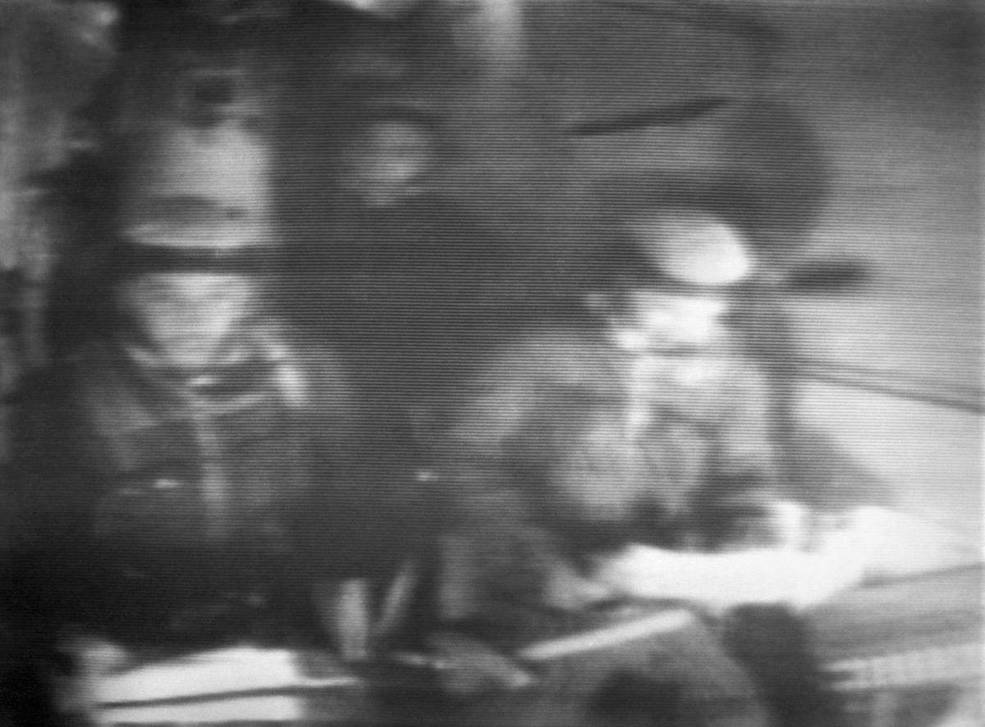
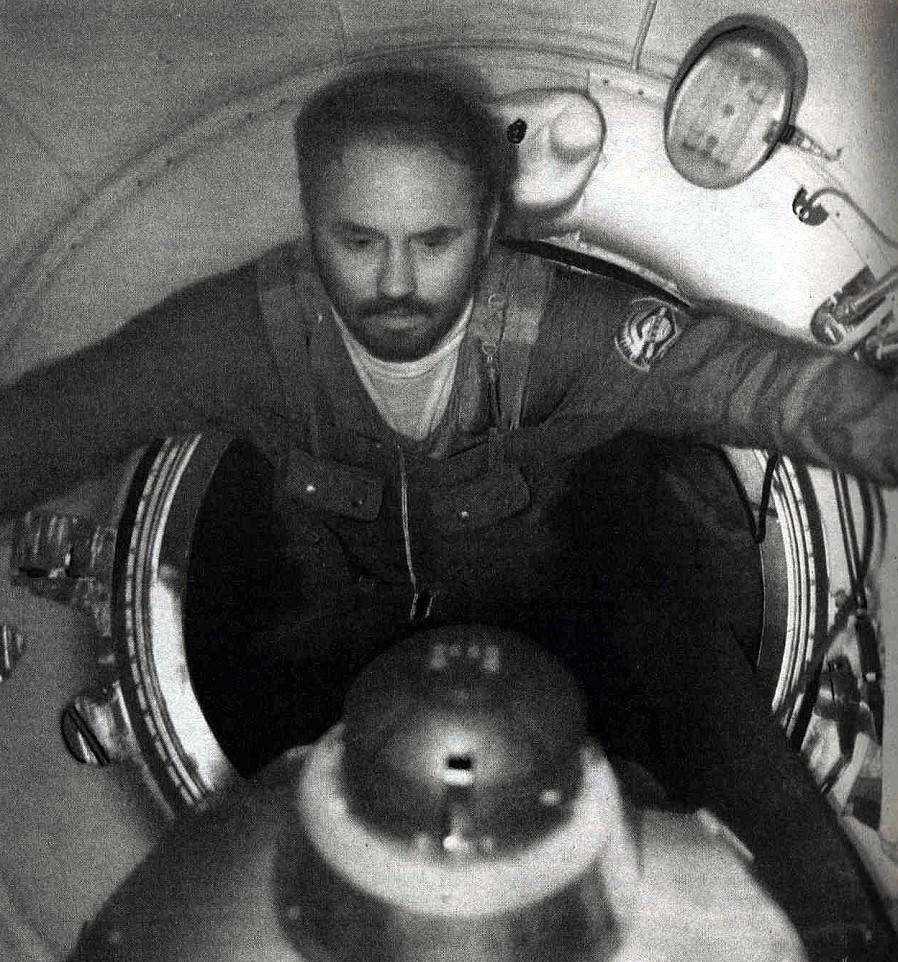
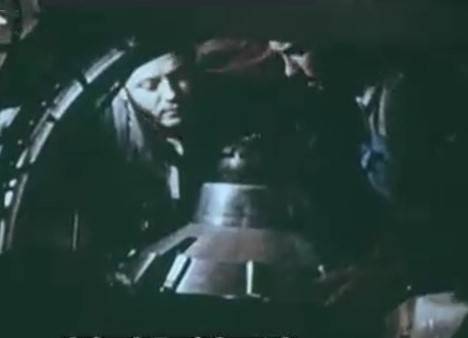
Left: Image of cosmonauts Georgi T. Dobrovolski, left, Viktor I. Patsayev, and Vladislav N. Volkov from a televised press conference aboard the Salyut space station. Middle: Dobrovolski floating into the Soyuz near the end of their record-breaking mission aboard Salyut. Right: Volkov, left, and Dobrovolski inspect their Soyuz spacecraft’s active docking probe in preparation for undocking and return to Earth. Credit: Images courtesy of RKK Energia.
Late on June 29, the crew reactivated their Soyuz spacecraft, and after packing film and samples for return to Earth, closed the hatch between Salyut and their return craft. An instrument panel light indicated that the hatch to their descent module had not sealed properly, and Yeliseyev walked the crew through a procedure to reopen the hatch and clean the seals of any foreign object that might be preventing a firm seal. Although the indicator light stayed on, ground control and the crew were convinced the hatch was properly sealed and the cosmonauts proceeded to undock their Soyuz from Salyut. During a fly-around, the crew filmed and photographed the space station, their home for more than three weeks.
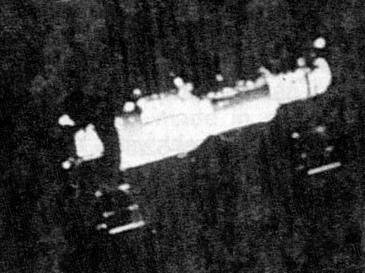
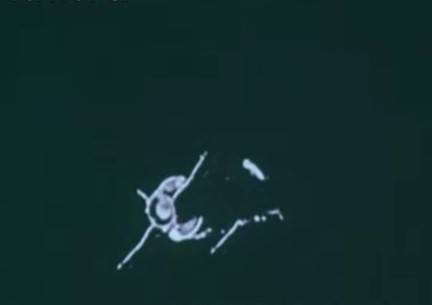
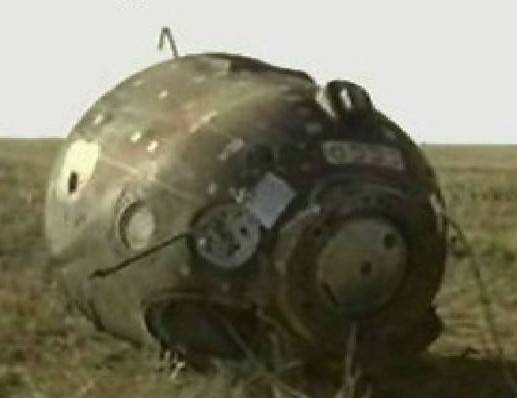
Left: View of Salyut from the Soyuz 11 fly around at the end of their record-setting mission. Middle: Final view of Salyut as the Soyuz 11 crew departs. Right: The Soyuz 11 capsule after landing in Kazakhstan. Credit: Images courtesy of RKK Energia.
After flying free for three orbits around the Earth, Dobrovolski oriented the spacecraft so it was flying backwards and ignited its retrorocket for 187 seconds to slow it down for reentry. Nine minutes after the end of the burn, at an altitude of about 80 miles, explosive bolts separated the Soyuz into its three components, with the crew inside the middle bell-shaped descent module. It was at this moment that tragedy struck, just 30 minutes from landing. The shock from the explosive bolts jarred open a pressure equalization valve that normally opened only once the spacecraft was descending on its parachute, well inside the atmosphere. But in this case, the valve opened to the vacuum of space and the capsule’s air escaped in less than one minute. There’s evidence the cosmonauts tried to respond to the emergency by manually closing the valve, a process that took several minutes. They rapidly lost consciousness as the pressure continued to drop and died with two minutes. Not wearing pressure suits, they had no hope of surviving. Meanwhile, the capsule continued its reentry in a fully automatic mode, the only concern raised on the ground being the lack of voice communication with the crew. The spacecraft’s parachute opened as planned and rescue helicopters touched down alongside the capsule as it made a soft landing 320 miles east of the city of Zhezkazgan in Soviet Kazakhstan. Recovery forces opened the hatch to find the lifeless bodies of the cosmonauts still strapped in their seats. Resuscitation efforts by rescue personnel proved ineffective.
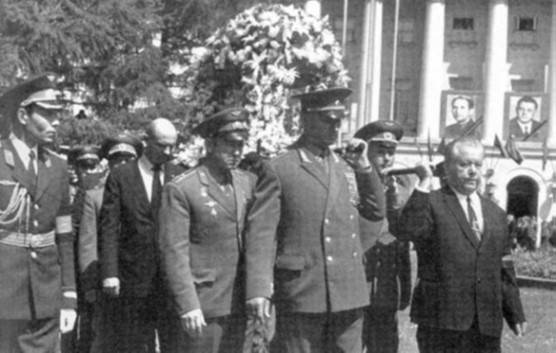
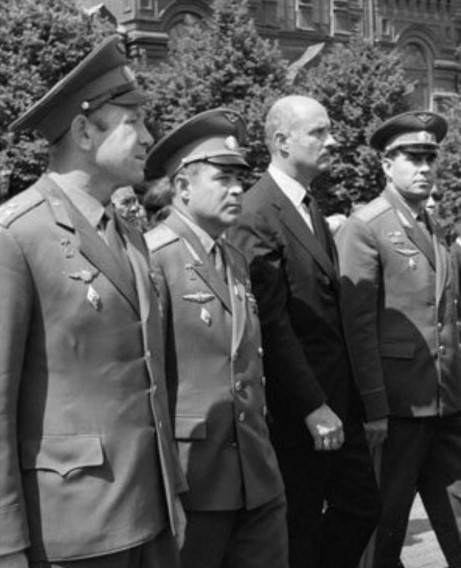
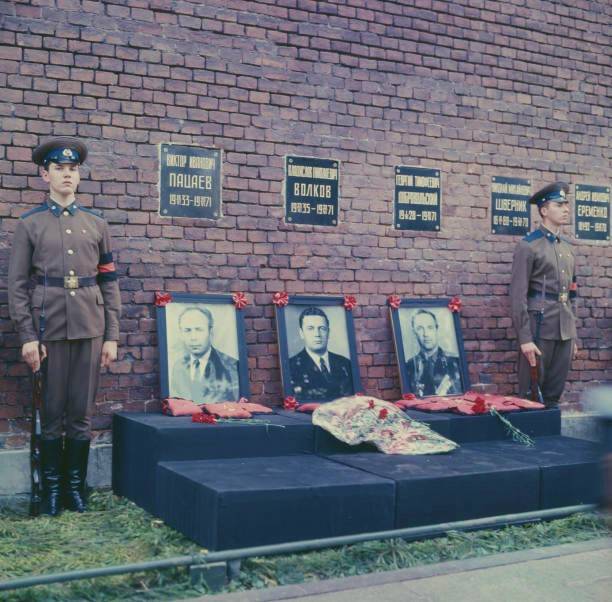
Left: American astronaut Thomas P. Stafford, in dark suit at left, helps carry the bier containing the ashes of Soyuz 11 Commander Georgi T. Dobrovolski. Middle: Soviet cosmonauts Aleksei A. Leonov, left, Andriyan G. Nikolayev, American astronaut Stafford, and cosmonaut Georgi T. Beregovoi at the funeral of the Soyuz 11 cosmonauts. Right: The ashes of Soyuz 11 cosmonauts Viktor I. Patsayev, Vladislav N. Volkov, and Dobrovolski interred in the Kremlin Wall.
The Soviet government posthumously awarded Dobrovolski, Volkov, and Patsayev the Hero of the Soviet Union medal. The bodies of the three cosmonauts lay in state in flower-covered biers in Moscow’s Central House of the Soviet Army on July 1, with thousands of mourners filing past to pay their respects. After cremation, they were honored with a full state funeral on Red Square and their ashes interred in the Kremlin Wall. President Richard M. Nixon issued the following statement following the tragedy:
The American people join in expressing to you and the Soviet people our deepest sympathy on the tragic deaths of the three Soviet cosmonauts. The whole world followed the exploits of these courageous explorers of the unknown and shares the anguish of their tragedy. But the achievements of cosmonauts Dobrovolski, Volkov and Patsayev remain. It will, I am sure, prove to have contributed greatly to the further achievements of the Soviet program for the exploration of space and thus to the widening of man’s horizons.
President Nixon sent astronaut Thomas P. Stafford to represent him at the funeral where several cosmonauts including Leonov and Georgi T. Beregovoi hosted him. Less than two years later, the Americans and Soviets named Stafford and Leonov the respective commanders of the Apollo and Soyuz spacecraft that docked in orbit in July 1975 for the historic handshake in space. From that shared experience, the two developed a lifelong friendship.
In Memoriam
On Aug. 2, 1971, exactly one month after the funeral for the Soyuz 11 cosmonauts, Apollo 15 astronauts David R. Scott and James B. Irwin deployed a plaque and a statuette at the Hadley-Apennine landing site on the Moon dedicated to fallen astronauts and cosmonauts, including Dobrovolski, Volkov, and Patsayev. In 1973, the Soviet government built a monument to the Soyuz 11 crew on the exact spot of their landing in Kazakhstan. Rarely visited in its remote location 16 miles from the nearest road, vandals destroyed it in 2008, carrying away the copper from which it was made. In 2016, Russian and Kazakh officials unveiled a new granite monument on the exact same spot, bearing the following inscription:
“The feat of the brave sons of the Soviet people, cosmonauts G.T. Dobrovolski, V.N. Volkov, V.I. Patsayev, committed in the name of the triumph of science, for the good of all mankind, will forever remain in the grateful memory of people all over the planet.”
Craters on the Moon are named after Dobrovolski, Volkov, and Patsayev, and the Soyuz Colles group of hills on Pluto honors their memory.
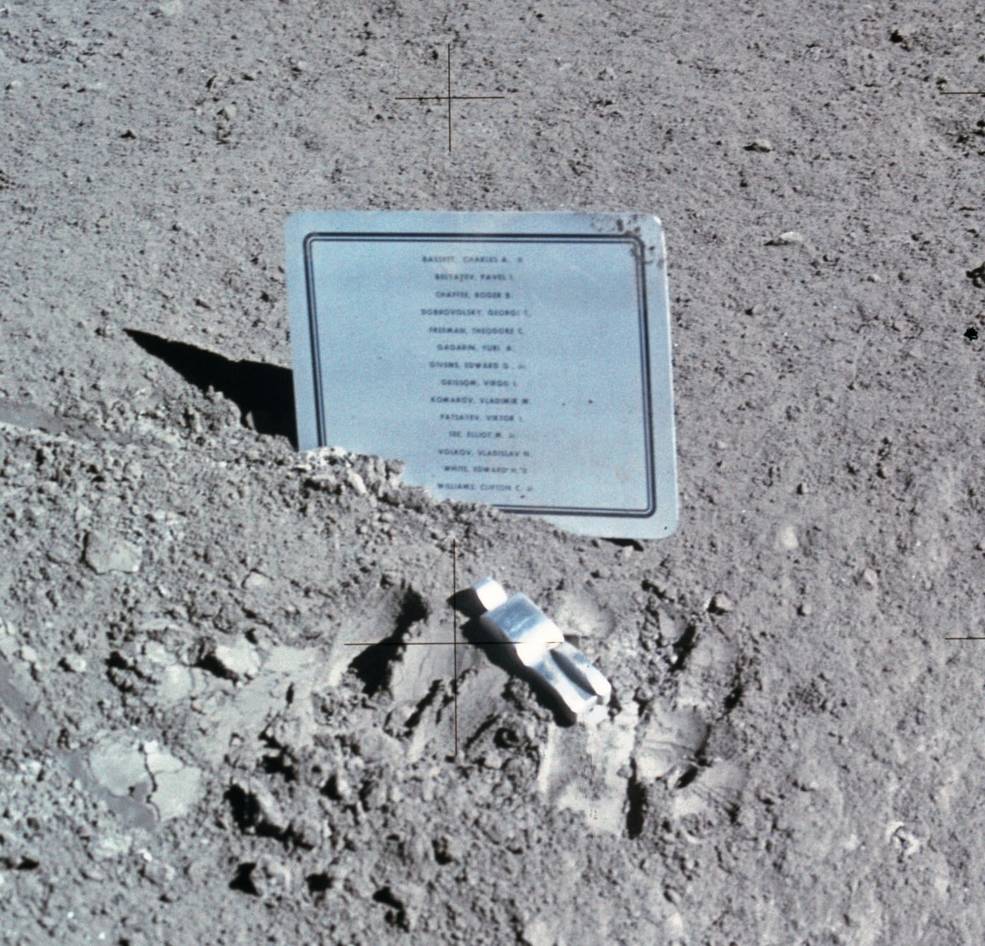
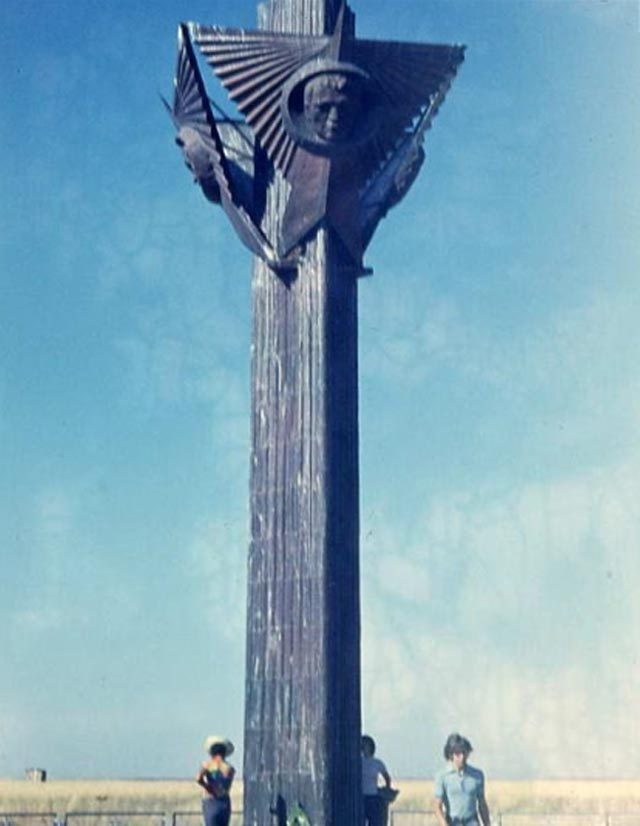
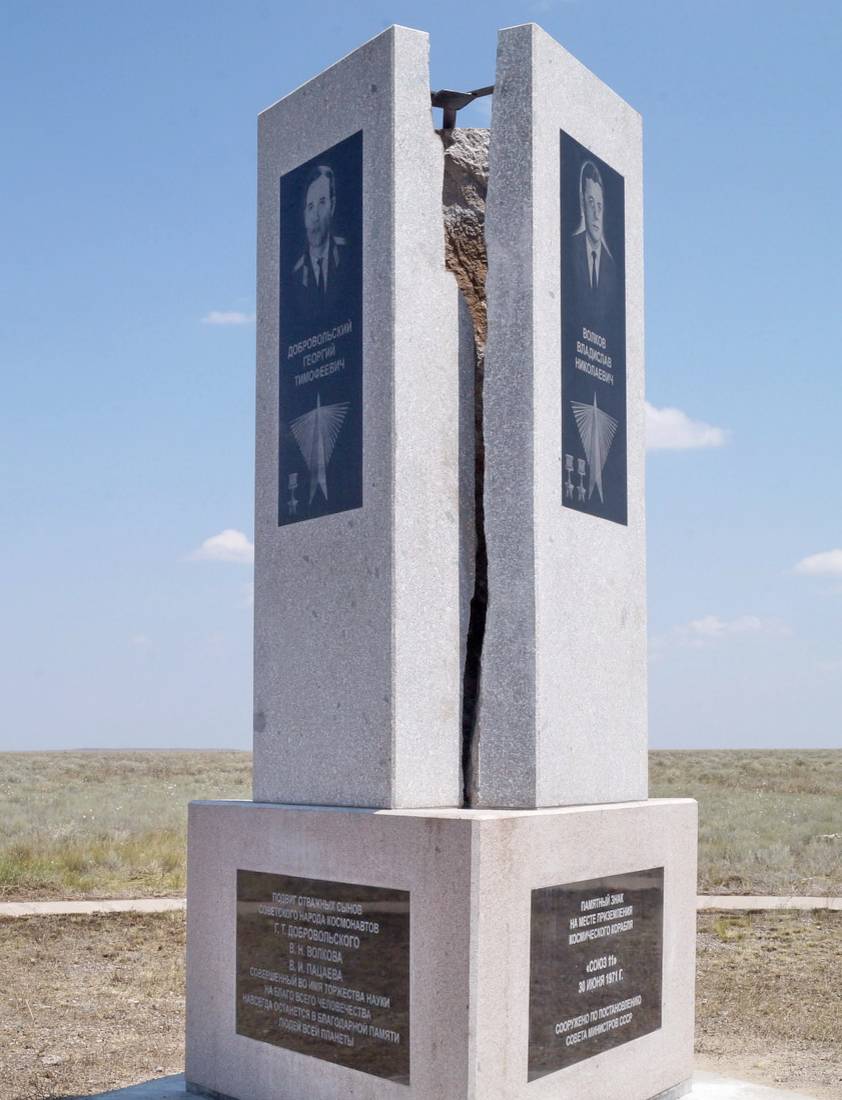
Left: The names of fallen astronauts and cosmonauts, including Soyuz 11 cosmonauts
Georgi T. Dobrovolski, Vladislav N. Volkov, and Viktor I. Patsayev, are inscribed
on a plaque left on the Moon by Apollo 15 astronauts David R. Scott and James B. Irwin
in 1971. Middle: In 1973, the Soviet Union erected a memorial to the Soyuz 11 crew on
the exact spot in Kazakhstan where they landed. Credit: Image courtesy of
Google maps. Right: In 2016, Russian and Kazakh officials erected a new
memorial to the Soyuz 11 crew on the same location.
Credit: Image courtesy of niskgd.ru.
Postscript
On Oct. 15, 2019, American astronaut Stafford attended another state funeral in Moscow, this time for his lifelong friend and fellow space traveler cosmonaut Leonov who passed away four days earlier. Cosmonaut Valentina V. Tereshkova, the first woman in space, served as Stafford’s escort.
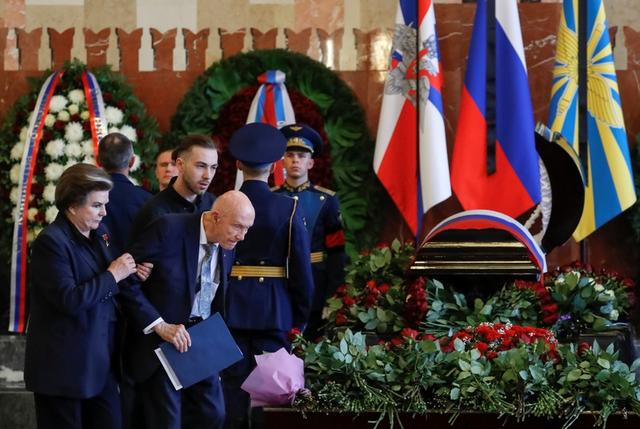
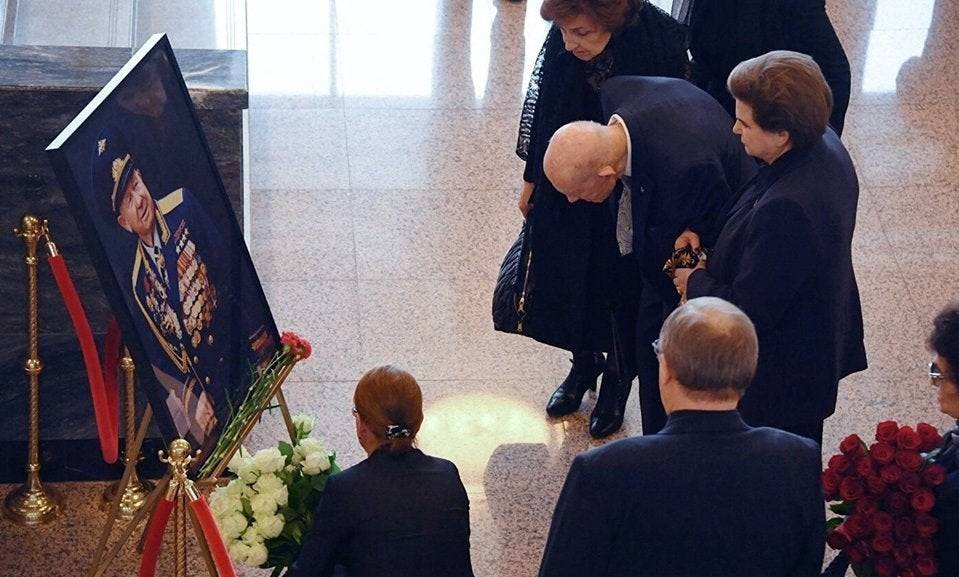
Left: In 2019, cosmonaut Valentina V. Tereshkova escorts American
astronaut Thomas P. Stafford at the funeral of cosmonaut Aleksei A. Leonov.
Right: Stafford paying his respects to his friend and fellow space traveler Leonov.
Credit: Images courtesy Reuters/Evgenia Novozhenina.
Ad astra Zhora, Vadim, and Vitya!








